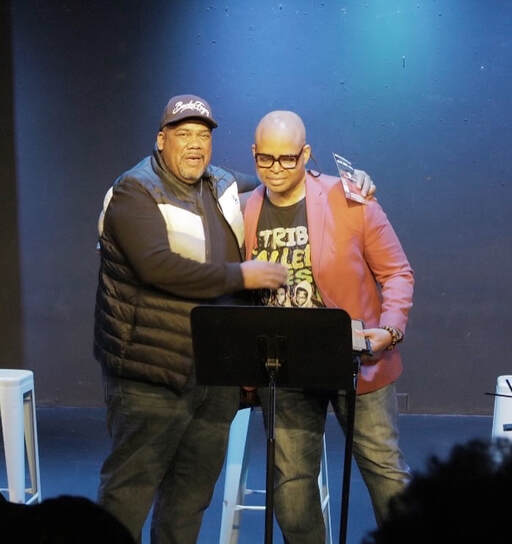|
In the grand tapestry of human existence, art is the vibrant thread that weaves together our shared experiences, emotions, and cultural heritage. Yet, despite its profound impact, arts and arts education often find themselves relegated to the margins. In this exploration, we delve into the systemic undervaluation of the arts, focusing on the disparities faced by Black and Latino communities. Let us illuminate the canvas and seek solutions that elevate creativity, empower minds, and foster inclusivity 1. Neglected Nurturing Arts education, once a cornerstone of holistic development, now faces neglect. Budget cuts, standardized testing, and shifting priorities have eroded its presence in schools. Unfortunately, Black and Latino students disproportionately bear this burden. Schools in underserved neighborhoods often lack robust arts programs, stifling creativity and limiting opportunities. 2. Representation Matters Art reflects our identities, struggles, and triumphs. Yet, the underrepresentation of Black and Latino artists in mainstream galleries, theaters, and museums perpetuates a cycle of invisibility. When young minds don’t see themselves reflected in the arts, their aspirations dim. 3. Socioeconomic Barriers Access to arts education extends beyond the classroom. Private lessons, art supplies, and cultural experiences come with a price tag. Families in marginalized communities grapple with financial constraints, hindering their ability to nurture artistic talents. Short-Term Solutions 1. Community Partnerships Forge alliances between schools, local artists, and community centers. Workshops, residencies, and mentorship programs can infuse creativity into young lives. Let’s bring artists into classrooms, bridging the gap between inspiration and reality. 2. Culturally Relevant Curricula Design arts curricula that celebrate diverse voices. Incorporate Black and Latino artists, musicians, and writers. Teach students about Basquiat’s bold strokes, Celia Cruz’s rhythms, and Langston Hughes’s poetic fire. Representation matters. 3. Microgrants and Scholarships Empower budding artists with microgrants for supplies, workshops, and exhibitions. Scholarships can level the playing field, ensuring that talent isn’t stifled by financial constraints. Long-Term Solutions 1. Policy Advocacy Lobby for arts education policies that prioritize equity. Ensure that every child, regardless of ZIP code, has access to creative expression. Advocate for increased funding, teacher training, and curriculum reform. 2. Cultural Spaces Invest in community art centers, theaters, and galleries. These spaces become sanctuaries for expression, incubators for talent, and bridges across cultural divides. Let’s build more Southwest Arts Centers, where dreams take center stage. 3. Mentorship Networks Create mentorship pipelines connecting established artists with aspiring ones. Imagine a seasoned playwright guiding a young poet or a renowned dancer inspiring a novice. Mentorship fosters growth, resilience, and artistic legacy. Opportunity: The Intersection of Technology and Art As we navigate the digital age, technology becomes our canvas. Virtual galleries, online performances, and interactive exhibits break down geographical barriers. Let’s harness this opportunity to amplify Black and Latino voices, creating a global stage for their artistry. In the symphony of change, let us elevate arts education from an afterthought to a crescendo—a harmonious blend of creativity, resilience, and cultural pride. Together, we can paint a brighter future—one where every stroke matters, every voice resonates, and every artist finds their rightful place. |
Details
|

